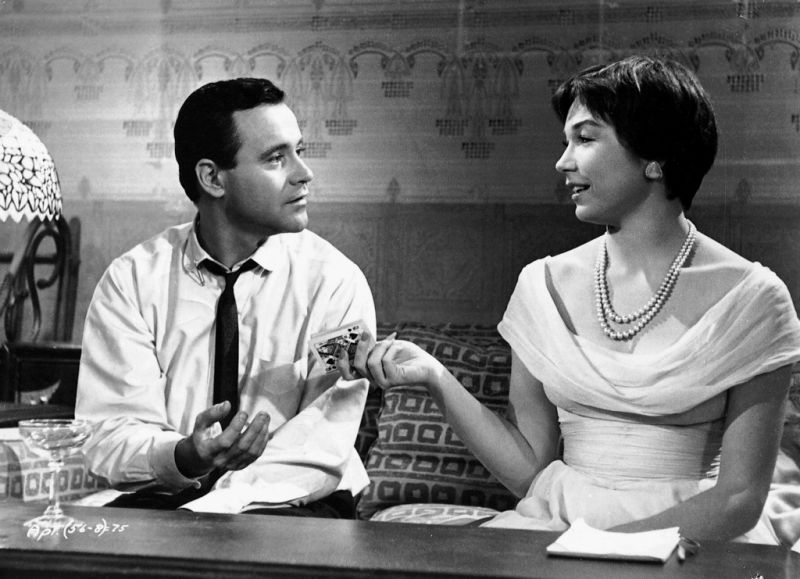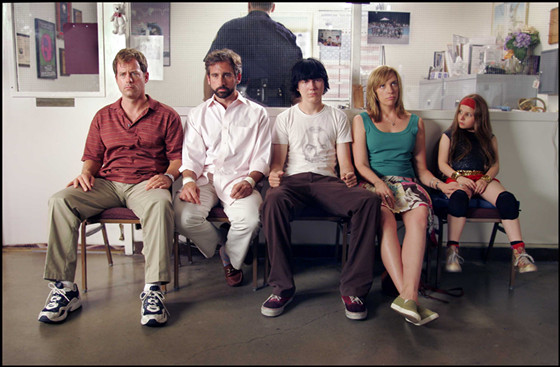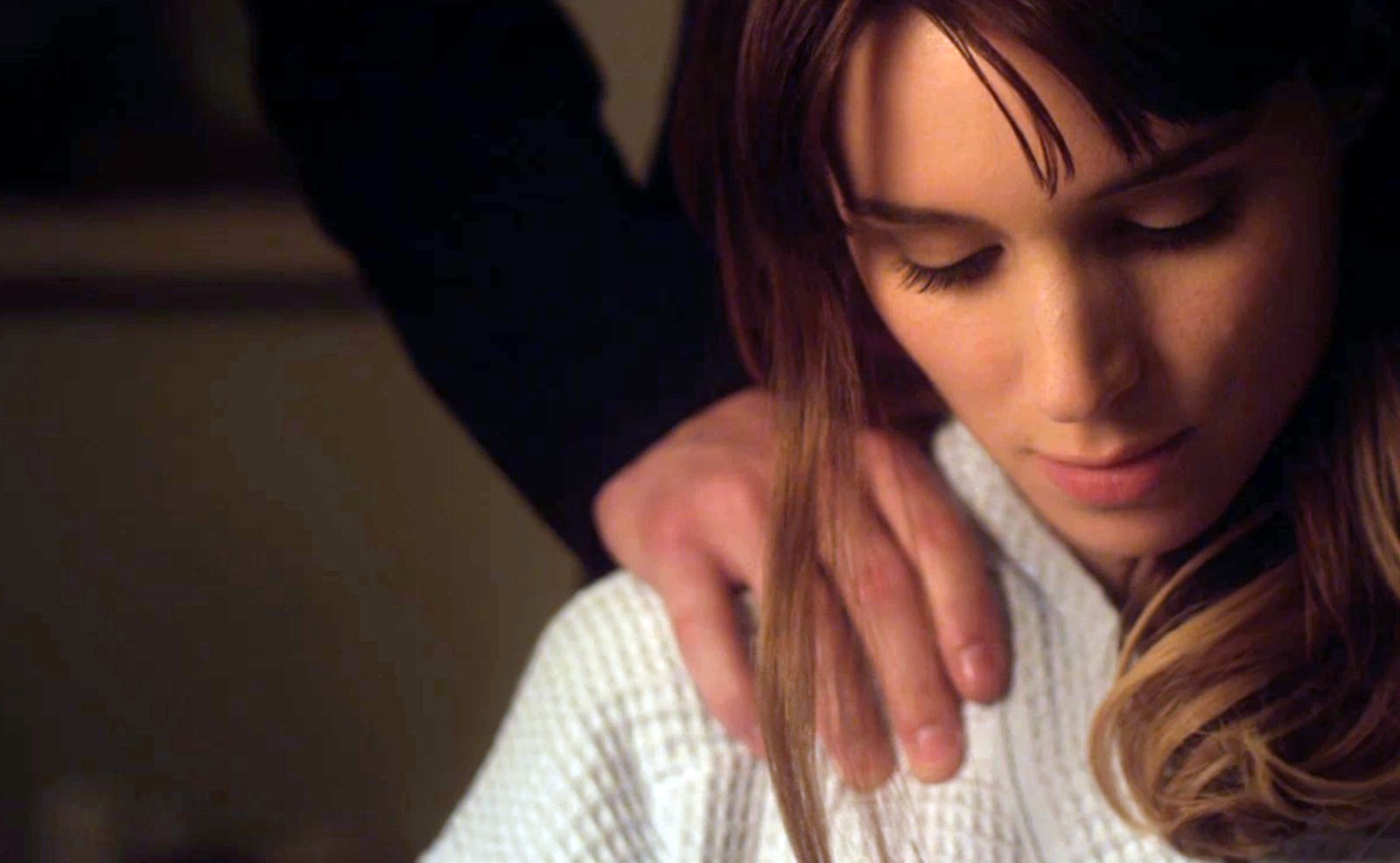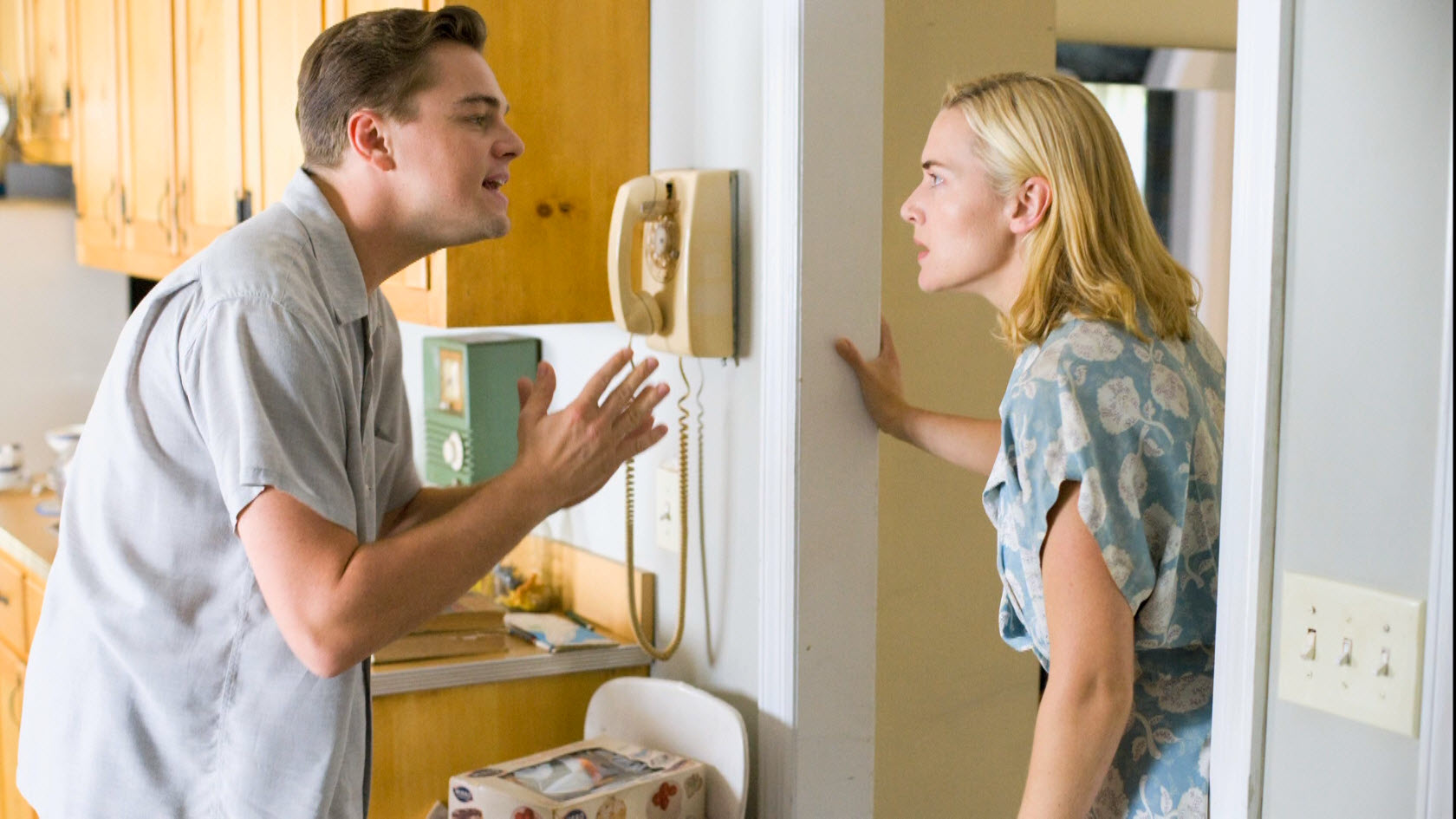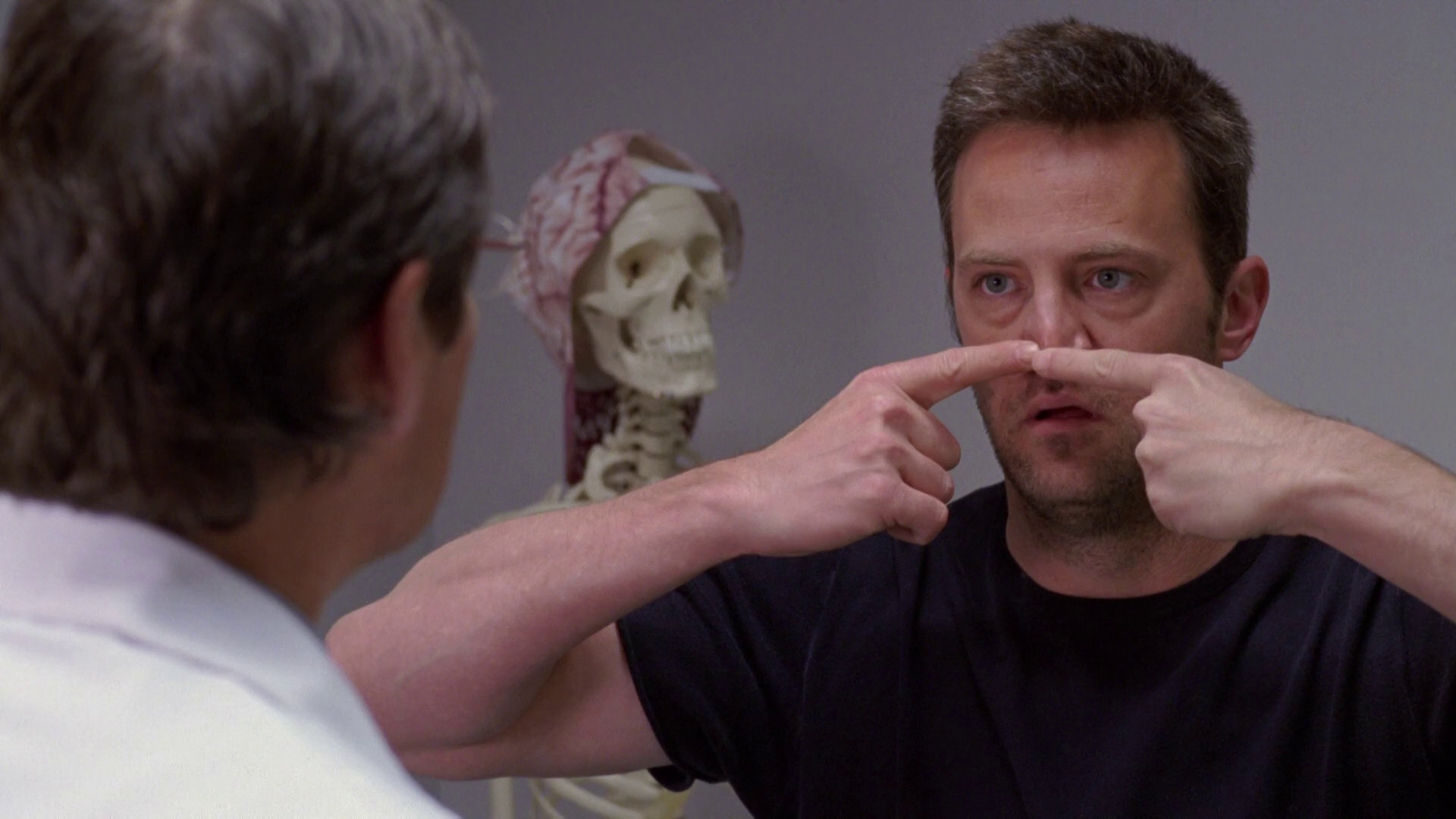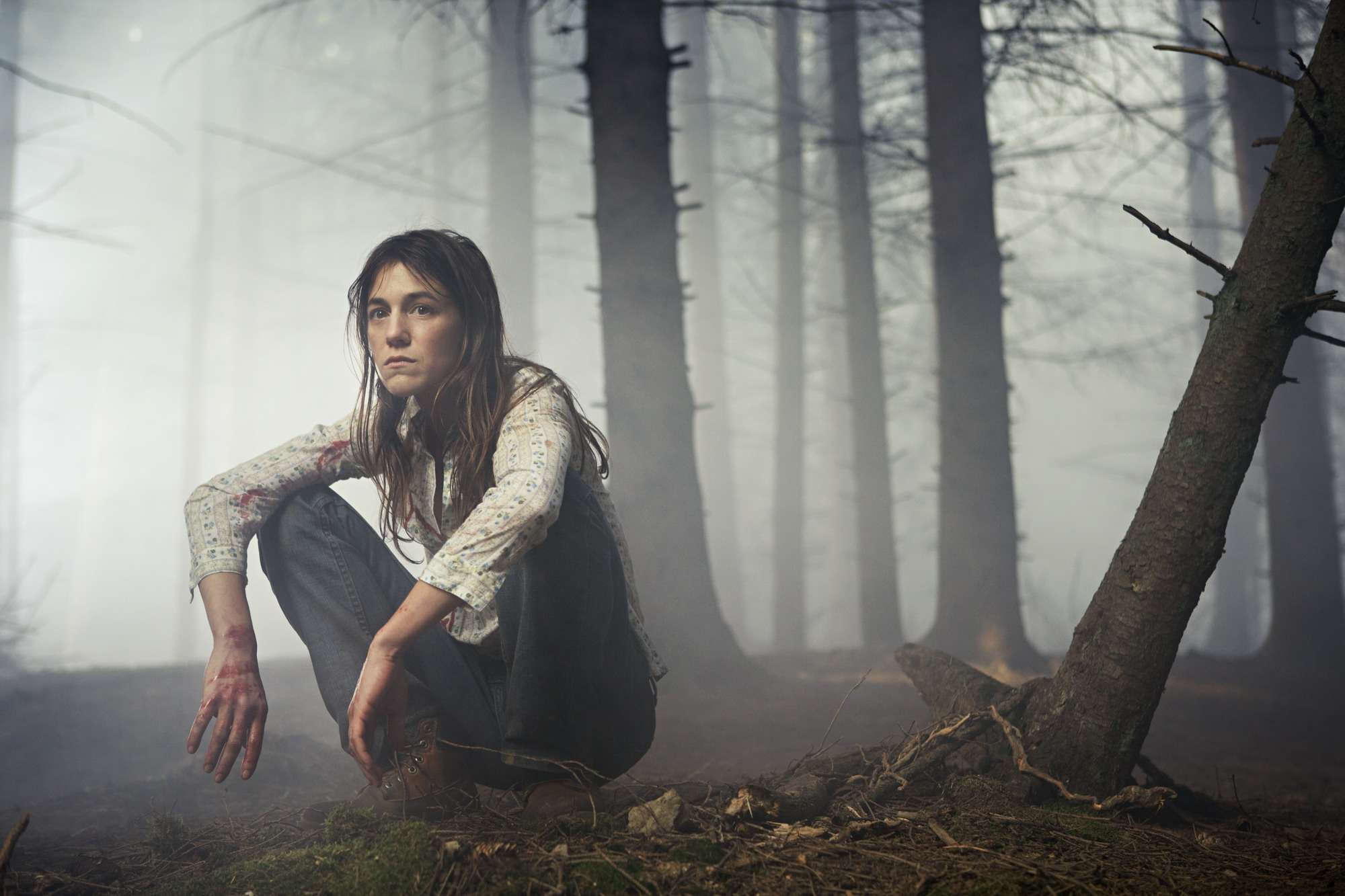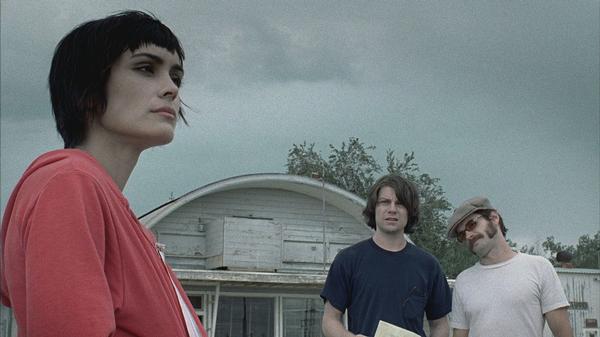8. The Apartment (1960)
Billy Wilder’s ten Academy Award nominated comedy-drama focuses on “Bud” Baxter (Jack Lemmon), a lonely office worker whose only way to climb the corporate ladder is to lend his keys to his apartment to four company managers, who use his place for their various affairs. The personnel director Sheldarke (Fred MacMurray), who is in charge of the promotions, finds out about the apartment and wants to take Fran Kubelik (Shirley MacLaine) there.
Fran is deceived by Sheldarke’s promises of divorcing his wife. She confronts him after being left for his suburban family once more. She retreats to Bud’s apartment (although she does not know it’s his) and overdoses on his sleeping . Bud find her unconscious on his bed and seeks help from his doctor/neighbor who saves her. Bud spends his time trying to get her healthy again, but there are too many triggers around her.
9. Little Miss Sunshine (2006)
This is the directorial debut of the husband-wife team of Jonathon Dayton and Valerie Faris and was written by first-time writer Michael Arndt. The film went on to be critically acclaimed as well as being nominated for four Academy Awards (including Best Picture) and winning two for best screenplay and best supporting actor for Alan Arkin.
The film centres on a dysfunctional family made up of an overworked, stressed mother, Sheryl (Toni Colette), her arrogant, ‘loser-hating’ motivational-speaker husband Richard (Greg Kinnear), his vulgar, drug-addicted father, Edwin (Alan Arkin) and their two children – the unhappy 15-year-old Dwayne (Paul Dano) who has taken a vow of silence until he manages to get into the US Air Force Academy and little pageant contestant Olive (Abigail Breslin).
Things become more hectic for the family when Sheryl’s brother, Frank (Steve Carell) has to move in with them after he tried to kill himself over his ex-boyfriend. He needs constant supervision.
The only real ‘happy’ people in the family are Edwin and Olive, who share a deep bond, especially since he helps her practice her dance routine. The tension between everyone becomes worse once Olive qualifies for the “Little Miss Sunshine” beauty contest and they suddenly have to travel from New Mexico to California in two days in a broken down yellow Volkswagen van.
Franks’s character introduces the terms ‘depression’ and ‘suicide’ to the young Olive’s vocabulary, who starts worrying about problems like depression. Frank mostly speaks to Dwayne, who is similarly depressed and can only communicate on paper. The pressure to win or lose divides the characters, who all end up being a ‘loser’ in some way or another but they must work on their problems together as a family.
10. Side Effects (2013)
Steven Soderbergh’s psychological thriller revolves around the newly reunited Emily Taylor (Rooney Mara) and the recently released from incarceration husband Martin (Channing Tatum). Just as their life together begins afresh, Emily drives her car straight into a concrete wall at a high speed. After this suicide attempt, she is assigned to psychiatrist Jonathan Banks (Jude Law) who lets Emily remain at home, as long as she sees him regularly.
After Emily suffers from many unwanted side-effects from different anti-depressants, Jonathon prescribes the new drug “Ablixa” which was suggested to him by Emily’s previous psychiatrist, Victoria Siebert (Catherine Zeta-Jones).
The medication seemingly works – she experiences no feelings of nausea or any migraines and even has her sex drive back. She does, however, start to innocently sleepwalk, a minor cost compared to the huge benefit of actually being able to function again. But sleepwalking turns out to be much more dangerous than suspected.
11. Revolutionary Road (2008)
Sam Mendes’ adaptation of the 1961 novel of the same name stars his then wife, Kate Winslet, and Leonardo DiCaprio in their first role together since “Titanic”, Michael Shannon and Kathy Bates, who also co-starred in “Titanic”.
The film depicts a focused analysis on the relationship between Frank Wheeler (DiCaprio) and April (Winslet) from when they first meet to their tragic end. Marrying when they were still hopeful and aspirational, they choose security (as most do) over unlikely dreams and move to 115, Revolutionary Road in suburban Connecticut when April becomes pregnant.
Their aggression at their own failure in achieving their goals s over to becoming angry and hostile towards each other. Tired of their repetitive, empty and hopeless lives, April dreams of moving to Paris so they can start a new life where they wouldnt’t be so depressed and apathetic. But as they start planning, circumstances change and they remain stuck in their unfulfilling and devastatingly miserable lives together in the suburbs.
12. Numb (2007)
Harris Goldberg’s underrated film, inspired by his own past experience with depersonalization and depression, stars the typecast, comedic actor Matthew Perry in one of his best and most transformative roles to date. Playing the screenwriter Hudson Milbank, Perry departs from his quirky sitcom image as his characteristic Chandler from “Friends”.
Hudson becomes detached from reality and “numb” from interactions with others. He seeks help for his sudden disconnection from his surroundings and is subsequently diagnosed with depersonalization disorder, which no one seems to know much about. He is put on a cocktail of mood-stabilizing drugs and antidepressants but no seem to treat his condition – so he tries behavior cognition therapy with a new psychologist (Mary Steenburgen).
Throughout his attempts to seek treatment for conditions, he becomes romantically involved with a film development executive Sara (Lyne Collins), who tries her best to understand his absurd reactions and habits.
13. The Fall (2006)
Tarsem Singh’s underappreciated fantasy-infused dramatic ‘epic’ is one of those films that succeeds through unscripted interactions, various beautiful filming locations and overall aesthetic and narrative cohesiveness.
Set in a Los Angeles hospital in 1915, the young Romanian-born girl Alexandria who is there after breaking her arm coincidentally meets a bed-ridden Roy Walker (Lee Pace) who tells her a story about Alexander the Great, her namesake, and promises that if she comes back, he will tell her an epic tale. This is the parallel fantasy narrative that is narrated by Roy and seen through Alexandria’s perspective as she uses people from around the hospital that she has seen as faces for the characters in his story.
Roy and Alexandria bond over bandits and butterflies but as he spins his epic, he stops just before crucial points in his story, leaving her with a cliffhanger that will only be answered if she complies with his wishes, like stealing a bottle of morphine from the hospital pharmacy.
It’s slowly revealed through Alexandria’s naïve and childish point of view that Roy hurt himself by jumping off a bridge as a stunt for a ‘moving picture’ and that his girlfriend left him for the actor he did the stunt for. Roy’s depression is projected into his story as it darkens and becomes increasingly hopeless and futile.
14. Antichrist (2009)
Lars von Trier’s first entry in his unofficially titled “Depression Trilogy”, this experimental horror film opens with William Dafoe and Charlotte Gainsbourg (both nameless throughout the film, and the only two characters within it) have sex in a slow motion, black and white prologue with background classical music by Handel. As they make love, the couple’s child climbs out of his crib and falls out of a window onto the snowy ground.
Divided into this prologue, four chapters – “Grief”, ”Pain (Chaos Reigns)”, “Despair (Gynocide)”, “The Three Beggars” and an epilogue (In traditional von Trier fashion) – the incredible visual narrative shows their retreat from society after their son dies and the onset of strange behaviors and visions experienced by the couple.
The woman feels guilty and thinks that the only reason her son is dead is her sexual desire, which becomes increasing violent and sadomasochistic as she tries to repent and atone through self-harm and punishment. The man becomes increasingly alarmed by his wife and has strange visions of animals, and decaying vegetation.
The film is known for its graphic and explicit scenes of violence and sex that led to multiple walk-outs and caused a few people to actually faint during the film’s preview at Cannes Film Festival.
15. Wristcutters: A Love Story (2006)
This charmingly offbeat black comedy opens with the protagonist Zia’s (Patrick Fugit) suicide. Typically when the main character kills himself in the first 5 minutes of a movie with a commentating voice-over, it cuts to a flashback that explains what had led them to that point. Wristcutters doesn’t do this. There is no real explanation as to why Zia commits suicide, only a couple of inferences that are easy to miss. Instead it continues. His death is not the end that is shown at the beginning, it’s just the beginning.
The film is thus largely set in starless, smile-less and dim afterlife limbo that is basically the same as normal life. People work so they get paid so they can eat and live and do whatever they want to.-except all these people that are stuck in this purgatory, have also killed themselves.
Zia befriends Eugene (Shea Whigham) who lives with his entire family since they all ended up committing suicide and a hitchhiking Mikal (Shannyn Sossamon) who insists she is only there by accident and needs to find the people “in charge”.
After learning is ex-girlfriend Desiree (Leslie Bibb) killed herself shortly after he did, the absurdist film continues to merge genres by becoming a romantic road movie as the unlikely trio search to find her and the leaders of this suicidal layover.
